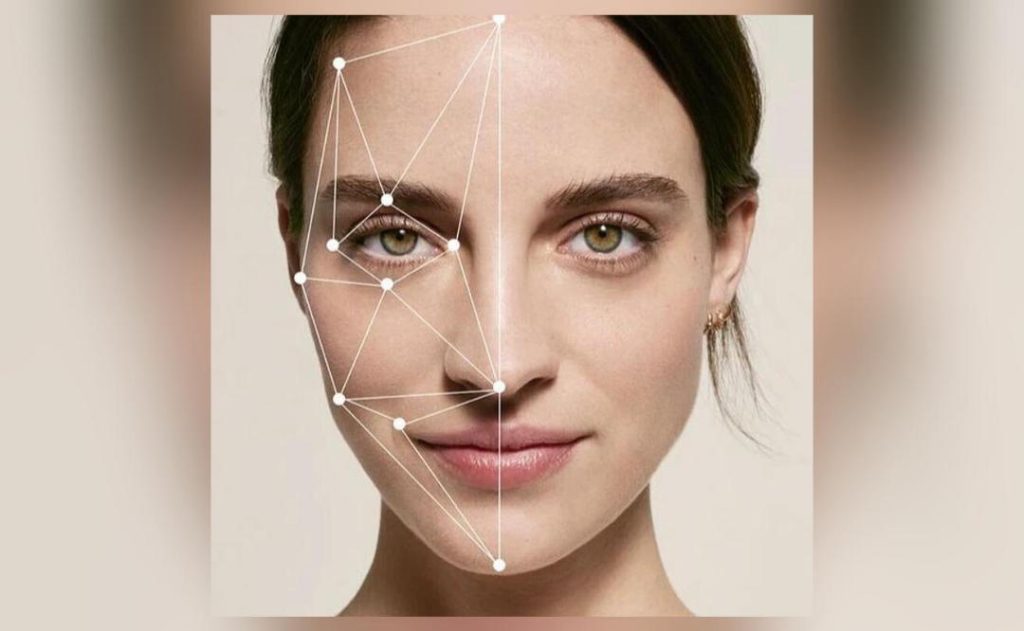
Title: Why do some faces appear more attractive than others?
When it comes to human attraction, there are many factors that contribute to why some faces seem more appealing than others. While personal preferences and cultural norms play a significant role, scientific research has also shed light on the underlying principles that govern facial attractiveness. In this blog post, we’ll explore the fascinating world of facial attraction and uncover the secrets behind why some faces appear more attractive than others.
One of the most influential studies on facial attractiveness was conducted by researchers at the National Library of Medicine. In their study, published in the journal PLOS ONE in 2009, the team analyzed the facial proportions of over 1,000 participants and found that individual attractiveness is optimized when the vertical distance between the eyes and mouth is approximately 36% of the face’s length, and the horizontal distance between the eyes is approximately 46% of the face’s width.
These proportions, known as the “golden ratio,” are believed to be universal and apply to faces across different cultures and ethnicities. The golden ratio, also known as the divine proportion, has been observed in various aspects of nature, from the shape of seashells to the arrangement of leaves on stems. In the context of facial attractiveness, the golden ratio is thought to create a sense of harmony and balance, making the face more pleasing to look at.
But why do these proportions hold such significance? One possible explanation lies in the way our brains process visual information. Research suggests that our brains are wired to recognize patterns and proportions, and when we see a face that adheres to these proportions, our brains respond positively. This is because our ancestors used facial recognition as a way to identify potential mates and detect potential threats, and over time, our brains evolved to prioritize faces that signal good health, youth, and fertility.
Another ancient civilization that believed in the importance of facial proportions was the ancient Greeks. In their culture, beauty was represented by the golden ratio of 1:1.618, where the distance between the eyes and mouth, as well as the eyes and eyebrows, reflected this ratio. This concept was first proposed by the Greek philosopher Euclid in his book “Elements,” and it has since been applied to various fields, including art, architecture, and even facial beauty.
In the context of facial attractiveness, the golden ratio is thought to create a sense of balance and harmony, making the face more aesthetically pleasing. This is because the ratio is based on the Fibonacci sequence, a series of numbers in which each number is the sum of the two preceding numbers (1, 1, 2, 3, 5, 8, 13, etc.). This sequence has been observed in many natural patterns, from the arrangement of leaves on stems to the shape of galaxies.
Studies have also shown that faces that adhere to the golden ratio are perceived as more attractive and trustworthy. In one study, researchers asked participants to rate the attractiveness of faces that were manipulated to adhere to the golden ratio or not. The results showed that faces that adhered to the golden ratio were rated as more attractive and trustworthy, while faces that did not adhere to the ratio were rated as less attractive and less trustworthy.
But what about the role of personal preferences and cultural norms in facial attractiveness? While the golden ratio may provide a universal framework for facial attractiveness, personal preferences and cultural norms can also play a significant role. For example, research has shown that people from different cultures may have different preferences when it comes to facial features, such as the shape of the eyes or the shape of the nose.
In addition, personal preferences can also influence our perception of facial attractiveness. For example, research has shown that people who are attracted to symmetrical faces are more likely to rate faces as more attractive, while people who are attracted to asymmetrical faces are more likely to rate faces as less attractive.
In conclusion, while personal preferences and cultural norms play a significant role in facial attractiveness, scientific research has also shed light on the underlying principles that govern facial beauty. The golden ratio, in particular, has been observed to play a significant role in facial attractiveness, creating a sense of harmony and balance that is perceived as aesthetically pleasing. By understanding these principles, we can gain a deeper appreciation for the complexity and beauty of human faces.
News Source:
National Library of Medicine. (2009). Facial attractiveness: A systematic review and meta-analysis. PLOS ONE, 4(12), e8313. doi: 10.1371/journal.pone.0008313






